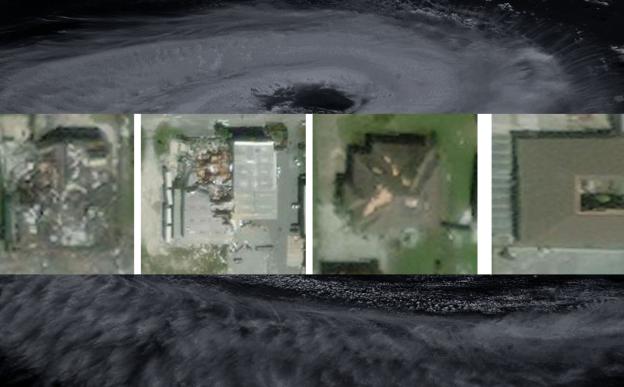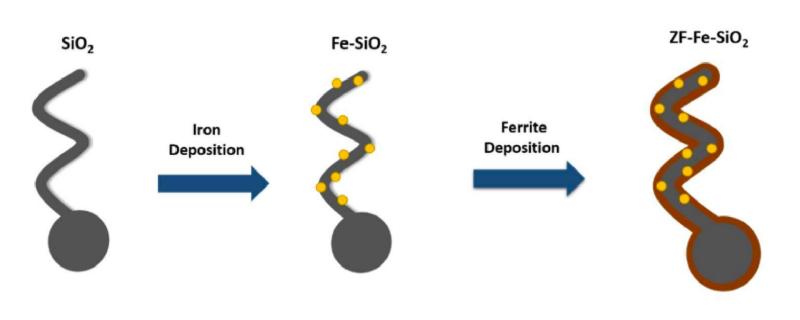Scientists from the Central University of Gujarat (CUG), Gandhinagar, use computers to design the most efficient drug against TB. They apply pharmacophore modelling approach to understand the interactions between proteins found in Mycobacterium tuberculosis (Mtb) and the compounds which can suppress the bacteria.
आयआयटी मुंबईद्वारे विकसित नवीन डीप-लर्निंग फ्रेमवर्क SpADANet (स्पाडानेट) मर्यादित लेबल्स वापरूनही अनेक चक्रीवादळांमधील संरचनात्मक नुकसान अधिक अचूकपणे वर्गीकृत करू शकते.
Mumbai/











